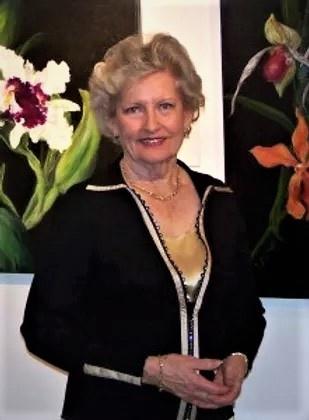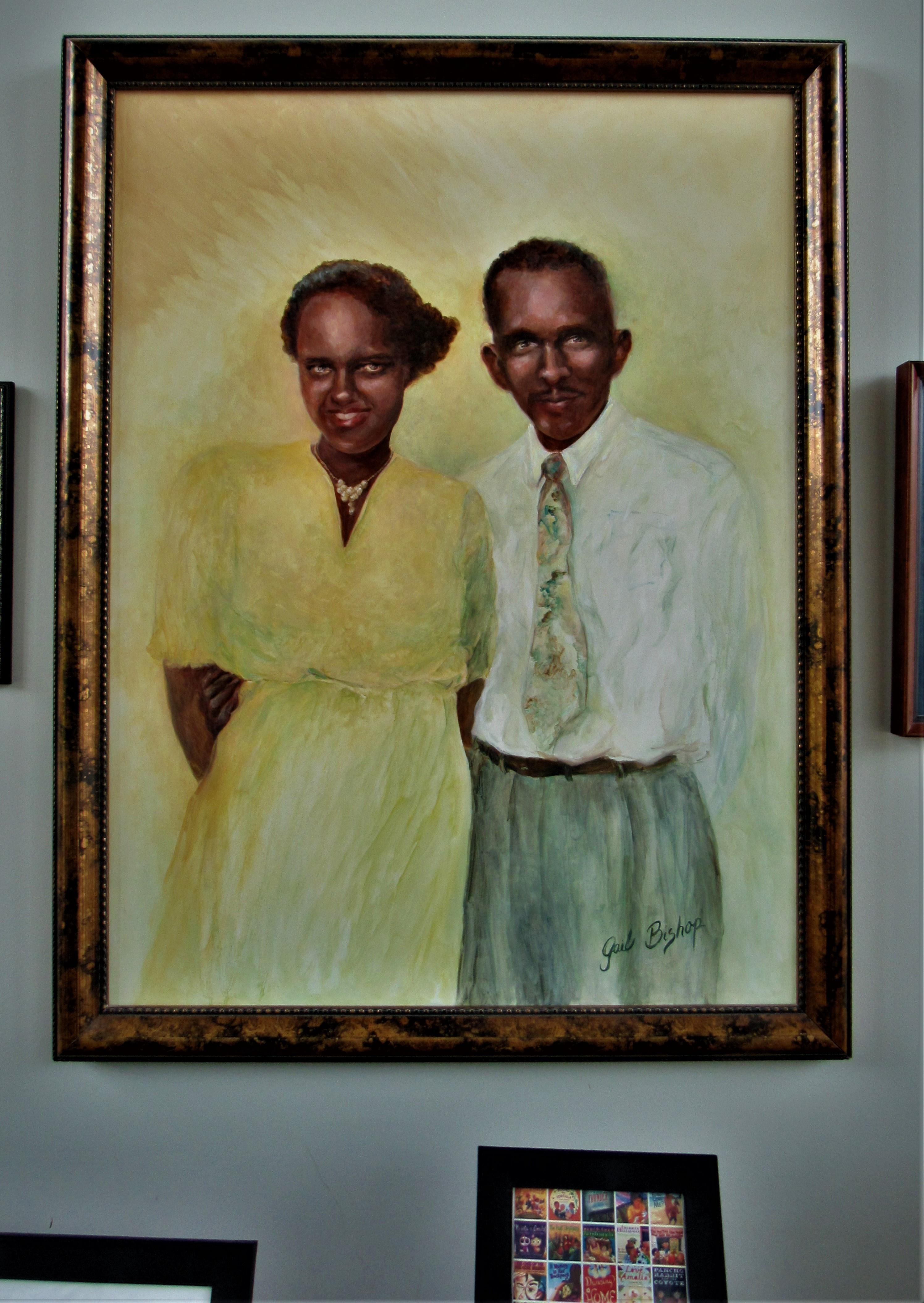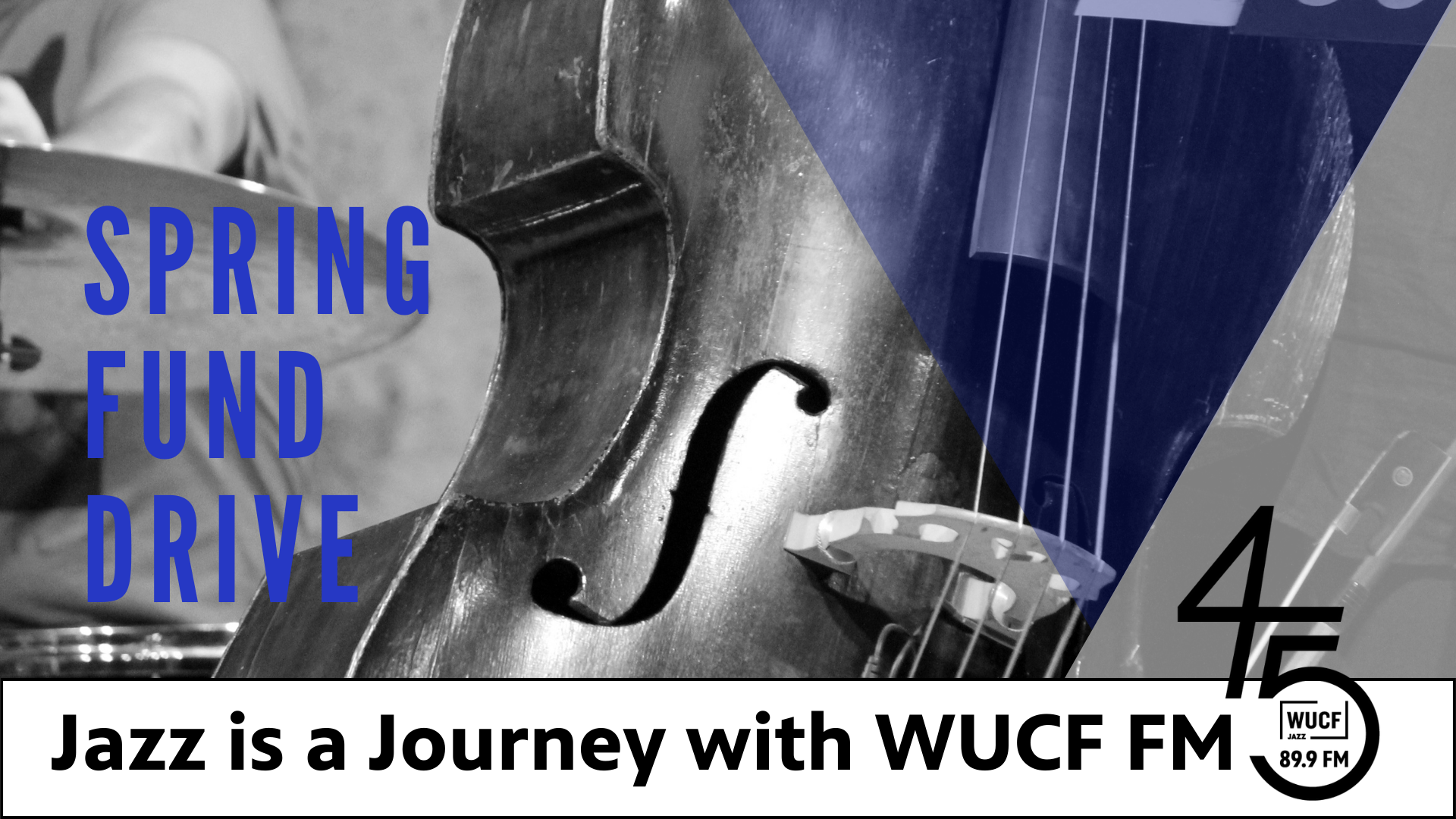
The Artists: Keeping The Moores’ Legacy Alive
BY Zoemar Lebron & Kristi Sultan
Seventy years after the bomb went off that would claim the lives of Harry and Harriette Moore, their legacy continues to impact new generations through art and song.
“It seems that I hear Harry Moore. From the earth his voice cries, no bomb can kill the dreams I hold. For freedom never dies,” sings Sweet Honey in the Rock in the “Ballad of Harry Moore,” recorded and released in 2005. The group, a performance ensemble rooted in African American history and culture, continues to perform the song today.
Artists around the world have devoted paintings, poems, music, plays and films to the Moores, with the hope of keeping their legacy alive.
Gail Webster-Bishop, a New York artist and painter, contributed the large portrait of the Moores that hangs at the entrance of the Harry T. and Harriette V. Moore Multicultural Center in Mims.
Webster-Bishop said a call for juried art of the Moores went out and she submitted an entry.
“We had never heard of this in New York,’’ Webster-Bishop said. “I had never studied anything like that, in the books. And I thought ‘Oh my goodness, this is right in my own backyard.’ So I studied up on it, went to work and got the prototype done.”
Webster-Bishop said that painting the portrait was sometimes emotional, and it involved a lot of thinking.
“As you’re working you do get a little emotional and remember all their background,” Webster-Bishop said. “It was a lot of thinking while I was painting it.”
And just as it may be emotional for the artist, it may be for the visitors of the center and admirers of the work as well.
Sonya Mallard, coordinator at the Moore Cultural Center Coordinator, said the reactions to the painting from visitors over the years have ranged from somber silence to tears.
“The reactions have been extreme,’’ Mallard said. “From just being quiet, to being shocked, being upset, to crying. Some people can’t take it in, in one day. So, they’ll say ‘OK, that’s enough,’ they’ll go half the wall.”
That’s exactly what Webster-Bishop was hoping to accomplish with her artwork.
“I want them to think. It’s an important piece of history, it should be more publicized,” Webster-Bishop said. “I think people should know that things like that did happen and that these people stood up for what they thought was right.”
Not only are there paintings and music to tell the Moores’ story, but it is also told through film and documentaries.
Lisa Mills, associate professor of film/documentary at UCF, heard about the Moores in 2009 while co-teaching an honors documentary course with Robert Cassanello, a professor in UCF’s history department.
The students had to research and dive into the Moores’ story, and she hopes the documentary left an impact on the students who created the documentary and Floridians watching it.
“I hope that the students who worked on the project will always better understand the battle for civil rights in Florida,” Mills said. “But I think it is important for Floridians to understand the history and the people that fought for civil rights never received recognition for it.”
Mills was personally impacted by Harriette Moore. She was a teacher, and she took incredible risks to teach her students about African American history.
“She had a student keep a look out outside her classroom to notify her if the school principal or superintendent was coming, because Mrs. Moore taught African American history to her students when it was illegal in Florida,” Mills said. “So, I think as a teacher now, it is important for me to continue to teach students about things that aren’t well known.”
Carshonda Wright, docent at Moore Cultural Center, said the Moore family loved the arts and they used the arts as an escape from the seriousness of their lives.


“Mrs. Moore played the piano and she taught her daughter to play the piano,’’ Wright said. “The arts were part of their family thing. They played a very important part of their life, it gave them a stress reliever from the seriousness of their life.”
Mallard said the arts are an important way of continuing to communicate about the Moores’ story and legacy because the arts reflect diversity and beauty in the face of the ugliness and hate that ended their lives.
“If we don’t let people show their artistic sides of music, song, dance, poetry and artwork, how do you express yourself?” Mallard said. “What would this world be if we were all the same? But this world is diverse, so it’s very important to have arts and culture throughout the world.”











.png)